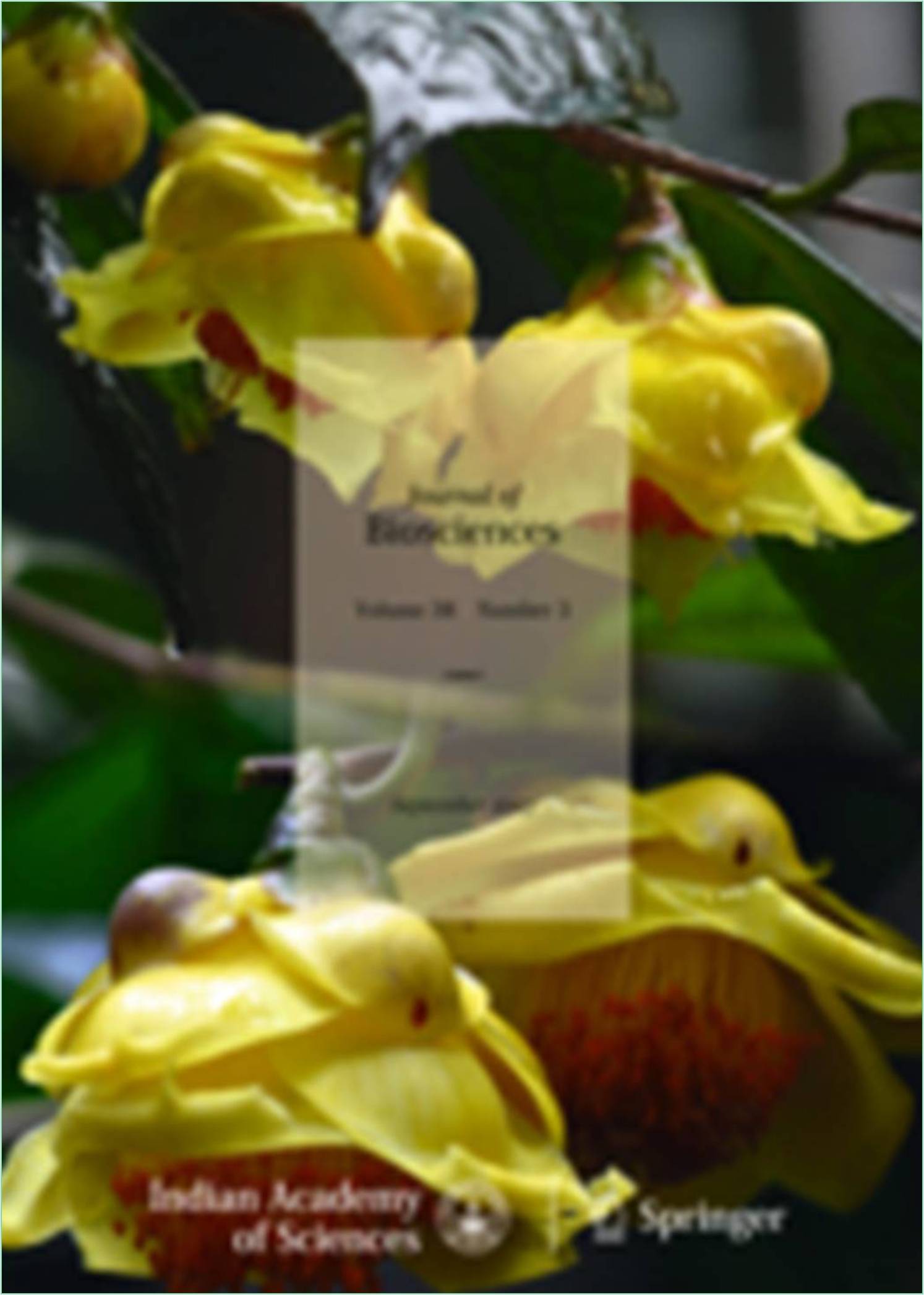



Received: 26-Jul-2022, Manuscript No. IJBB-22-74331; Editor assigned: 29-Jul-2022, Pre QC No. IJBB-22-74331 (PQ); Reviewed: 12-Aug-2022, QC No. IJBB-22-74331; Revised: 19-Aug-2022, Manuscript No. IJBB-22-74331 (R); Published: 26-Aug-2022, DOI: 10.15651/IJBB.22.9.010
A genetic mutation is a change in your DNA sequence. DNA sequence provides cells with the information they require to carry out their functions. If a portion of DNA sequence is misplaced, incomplete or damaged develop symptoms of a genetic condition. Each cell relies on thousands of proteins to do their jobs in the right places at the right times in order to function properly. Gene variants (also known as mutations) can sometimes prevent one or more proteins from functioning properly. A variant can cause a protein to malfunction or not be produced at all by changing the instructions for making a protein in a gene. When a variant changes a protein that plays an important role in the body it can disrupt normal development or cause a health problem. A genetic disorder is a condition caused by variations in one or more genes.
Despite the fact that the haploid human genome contains 3 billion nucleotides changes in even a single base pair can cause dramatic physiological malfunctions. Sickle-cell anemia for example is a disease caused by the smallest genetic changes. A single nucleotide change in the gene for the beta chain of the haemoglobin protein (the oxygen-carrying protein that gives blood its red colour) is all that is required to convert a normal haemoglobin gene into a sickle-cell haemoglobin gene. Although this single nucleotide change affects only one amino acid in the protein chain, the consequences are devastating. The vast majority of mutations have no adverse or beneficial effects on the organism in which they occur. These are known as neutral mutations.
Some mutations appear to occur spontaneously with no outside influence. They occur when errors occur during the replication phase of DNA or the transcription phase of protein synthesis. Environmental factors cause other mutations. A mutagen is anything in the environment that can cause a mutation. DNA mutations are classified as follows
• Germline mutation: A change in a gene that occurs in a parent's reproductive cells (egg or sperm) and affects their child's genetic makeup (hereditary) and.
• Somatic mutation: A change in a gene that occurs in the developing embryo that may become a baby after conception. Except for sperm and eggs, which occur in all cells of the developing body, Somatic mutations cannot be passed down from parents to children (hereditary) because traits are only passed down through the sperm and egg.
This type of variant involves the substitution of one DNA building block (nucleotide) for another. Substitution variants are further classified based on their impact on protein production from the altered gene. Insertions alter the DNA sequence by introducing one or more nucleotides into the gene. As a result, the protein produced by the gene may fail to function properly. By removing at least one nucleotide from a gene, a deletion alters the DNA sequence. Small deletions affect one or a few nucleotides within a gene, whereas larger deletions affect an entire gene or several neighbouring genes. The deleted DNA could change how the affected protein or proteins function. This variant occurs when a deletion and an insertion occur at the same time in the same gene. A deletion-insertion variant contains at least one nucleotide deletion and at least one nucleotide insertion. However, the modification must be complex enough to distinguish it from a simple substitution. The resulting protein may be ineffective. An insertion-deletion (indel) variant is a deletion-insertion (delins) variant. When a stretch of one or more nucleotides in a gene is copied and repeated next to the original DNA sequence, this is referred to as duplication. This type of variant has the potential to change the function of the protein produced by the gene.